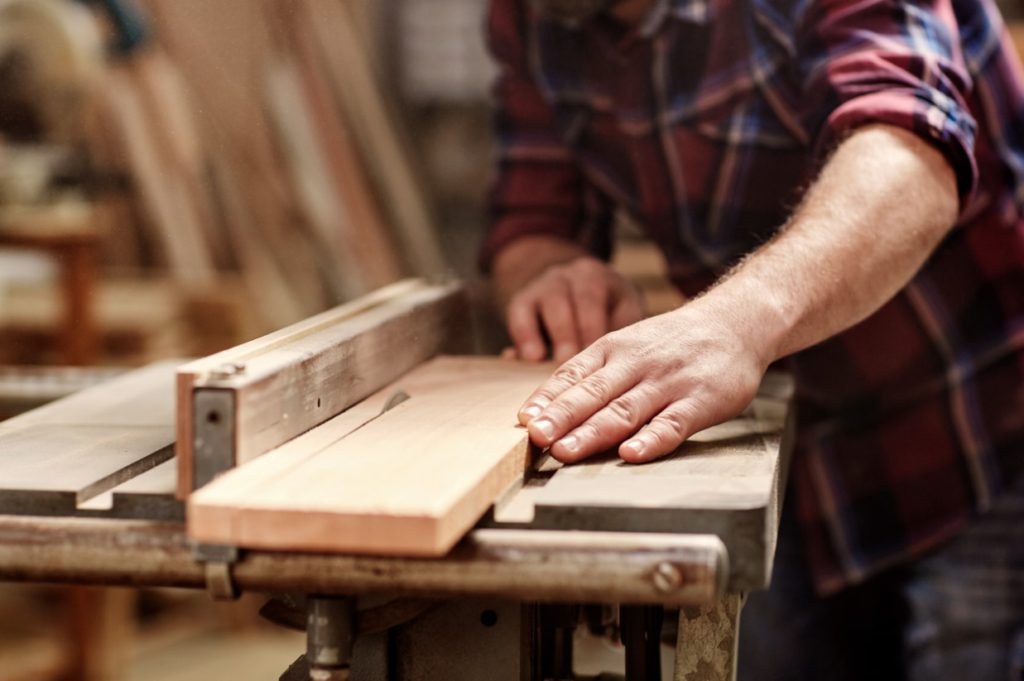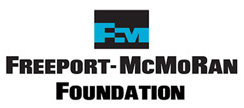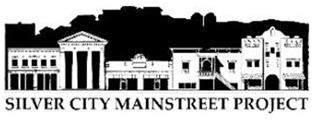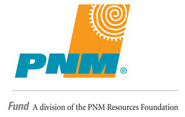WOODWORKING VIRTUAL TOUR

The wood shop has a modular design based in the reconfigurable space of co-working. There is a variety of tables, equipment, and tools for use after a safety orientation. The dust collection system should be used when possible to keep the air quality in the wood shop good, it helps remove large dust particles from the air. No Trace Left Behind – Please plan in advance to clean up after you finish and return tools from whence they came. Thanks!
Click, Drag, and Zoom to Explore the 360° Virtual Tour
Tool Description:
The table saw is useful for ripping and cross-cutting all types of wood, but the piece being cut should be less than 2 3/4″ thick (this allows for about 1/4″ to 1/2″ of the blade above the surface of the piece being cut). There is a rip fence & push tools for rip cuts, and a miter gauge for cross-cuts.
Tutorials & Training Materials:
Manual:
Tool Description:
The miter saw is used for accurate cross-cutting wood stock with a maximum width of about 10″ and a maximum thickness of about 2.5″. The name refers to a very useful feature, (cross) cutting accurate angles (30-150 degrees) or miters across a board by adjusting the angle of the blade with regards to the saws fence. The miter can also cut bevels up to 45 degrees, but adjusting the tilt of the blade. When simultaneously cutting both a miter and bevel cut it is called a combination cut. The miter saw is useful for cutting long pieces of stock, (crown or floor) molding, and picture frames.
Tutorials & Training Materials:
Manual:
https://manuals.harborfreight.com/manuals/57000-57999/57839-193175424181.pdf
Tool Description:
The bandsaw is useful cutting pieces that need gently curved features. At this time there is no fence that can be used with either bandsaw, once the fence is made for the large bandsaw then it could be used for ripping thick rough-cut timber up to 8″ tall.
There is a benchtop bandsaw that is useful for smaller, more detailed cuts.
Tutorials & Training Materials:
Manual:
https://www.mikestools.com/download/Jet-Owners-manuals/Jet%20Bandsaws/JWBS-18X-Rev%20A.pdf
Tool Description:
Woodworking jointers are used to make one face/surface of a board and one adjacent edge/surface perfectly flat and square to each other. Jointers are useful for flattening out boards with twists, cups, bows, and uneven surfaces and preparing rough lumber. A jointer are used along with a planer and a table saw when a board is prepared to be 4-square (4s), a board that all four adjacent surfaces are square to each other.
Tutorials & Training Materials:
https://www.wwgoa.com/video/using-a-jointer-safely-000284/
Manual:
Tool Description:
The Thickness Planer is typically used after a jointer (surface planer) has created a flat surface on a piece of lumber (or with lumber that has a reasonable flat surface). The planer is used to create a parallel surface (to the jointed surface), it removes small layers, planing, from the top surface of the wood as it passes under the feeding wheel(s) and cutting blades of the planer. The cutting blade height control is manually set before each cut, the lumber being planed is repeatedly passed through the planer removing small (typically <1/16″) amounts of thickness with each pass and for creating a piece of wood with a specific thickness/height.
Tutorials & Training Materials:
Manual:
https://www.mikestools.com/download/Delta-Planer-Owners-manuals/22-540.pdf
The stationary (bench top) belt sander is excellent for quickly/aggressively sanding surfaces. The materials being sanded may be wood or non-ferrous metals. Since the sanding is aggressive, belt sanders are typically used in the beginning stages of the sanding process and can be used to shape the sanded surface.
Tutorials & Training Materials:
Manual:
https://www.mikestools.com/download/Delta-Planer-Owners-manuals/22-540.pdf
Tool Description:
- A fence is used, with the router bit partially emerging from the fence. The workpiece is then moved against the fence, and the exposed portion of the router bit removes material from the workpiece.
- No fence is used. A template is affixed to the workpiece, and a router bit with a ball bearing guide is used. The ball bearing guide bears against the template, and the router bit removes material from the workpiece so as to make the workpiece the same shape as the template.
Tutorials & Training Materials:
Manual:
https://www.mikestools.com/download/Delta-Planer-Owners-manuals/22-540.pdf
Tool Description:
Tutorials & Training Materials:
Tool Description:
Tutorials & Training Materials:
Manual:
https://cdn.shopify.com/s/files/1/0012/0350/3168/files/6510T.Manual.20190116.pdf?237










